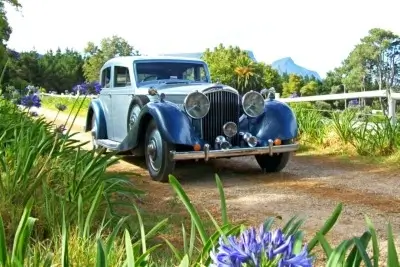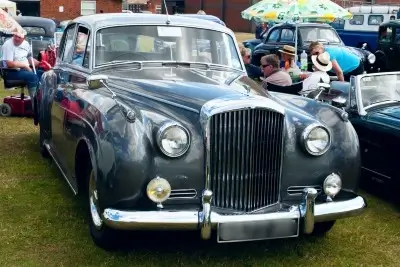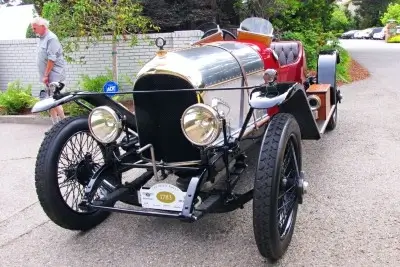Bentley Tyres
Classic Bentley Tyres
If your car is not listed, don't panic! Please give us a call on:
01302 711 123
or
Email: sales@longstonetyres.co.uk
Bentley History
Bentley Motors Limited is a British luxury vehicle and SUV manufacturer and marketer that has been a component of the Volkswagen Group since 1998. W. O. Bentley created Bentley Motors Limited in 1919 in Cricklewood, North London, and became internationally renowned for dominating the 24 Hours of Le Mans in 1924, 1927, 1928, 1929, and 1930. The firm is headquartered in Crewe, England. The classic sports-racing Bentley 4½ Litre and Bentley Speed Six are among the most prominent models. Prior to WWI, Walter Owen Bentley sold French DFP vehicles in Cricklewood, North London, but W.O, as he was known, had always desired to design and produce his own cars. In 1913, he observed an aluminium paperweight at the DFP facility and reasoned that aluminium may be a viable alternative for cast iron in the fabrication of lighter pistons. During World War I, the first Bentley aluminium pistons were used in Sopwith Camel aviation engines.
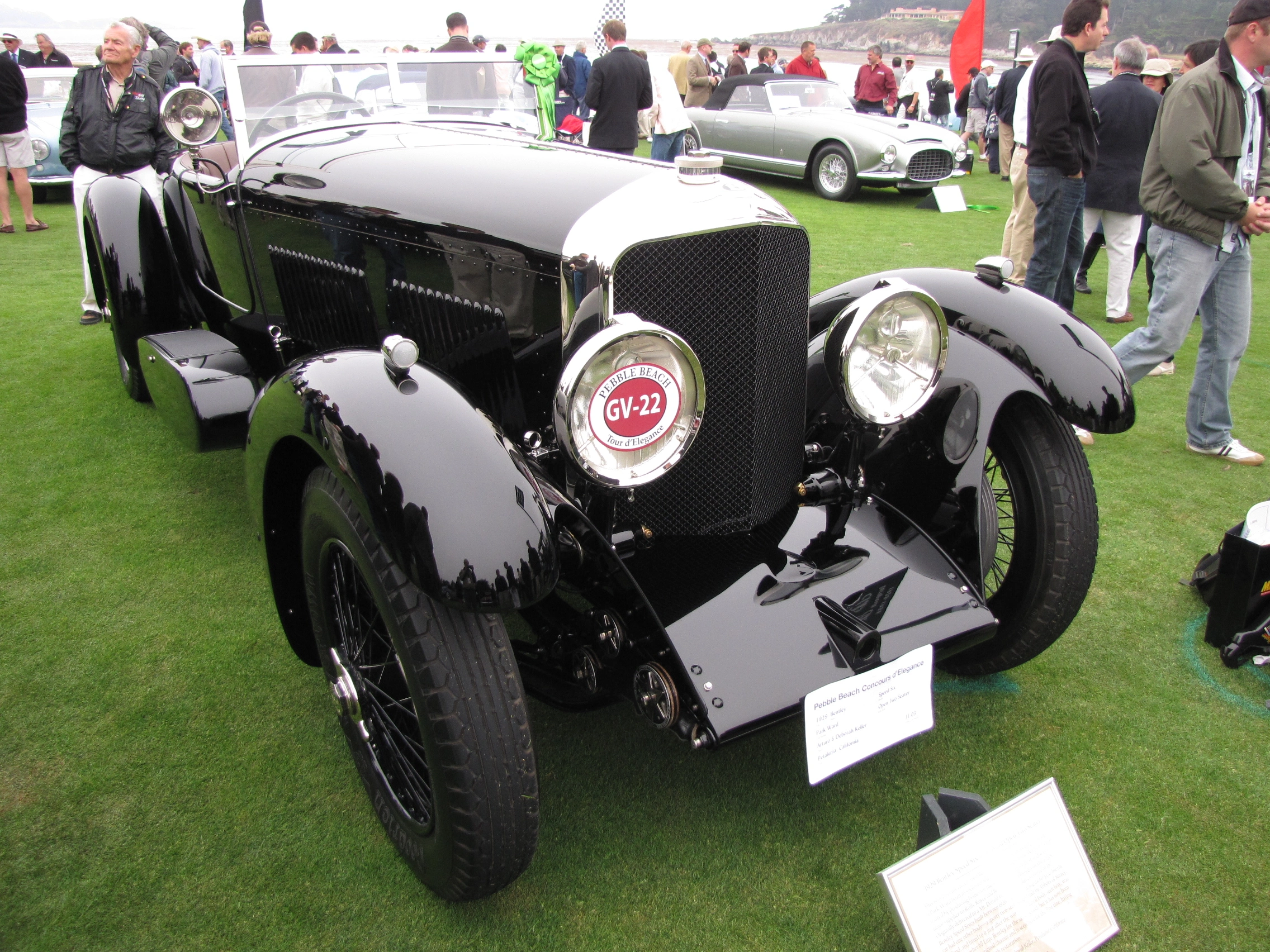
Walter Owen Bentley formed Bentley Motors Limited on January 18, 1919, the same day the Paris Peace Conference to end World War I began. He registered Bentley Motors Ltd. in August 1919, and in October he presented a vehicle chassis with a dummy engine at the London Motor Show. The 1922 Indianapolis 500 was Bentley's first significant event, a race dominated by specialist vehicles using Duesenberg racing chassis. They entered the track in a modified road vehicle handled by works driver Douglas Hawkes, who was joined by riding mechanic H. S. Browning. Hawkes completed the whole 500-mile course, finishing 13th with an average pace of 74.95 mph after beginning in 19th place.
The Bentley operation was constantly underfunded but encouraged by John Duff and Frank Clement's 1924 Le Mans victory, Barnato decided to finance Bentley's company. Barnato formed Baromans Ltd in 1922 to serve as his finance and investment company. Barnato first spent more than £100,000 through Baromans, rescuing the company and its employees. The original Bentley company's finances were reorganised, and all previous creditors were paid off for £75,000.
Existing shares were reduced from £1 to 1 shilling or 5% of their original worth. Barnato owned 149,500 of the new shares, giving him complete control of the corporation, and he was appointed chairman. Barnato put further money into the company: £35,000 secured by debenture in July 1927, £40,000 in 1928, and £25,000 in 1929. W. O. Bentley was able to create another generation of automobiles with additional financial backing. The 1929 Wall Street Crash and the ensuing Great Depression stifled demand for Bentley's pricey automobiles. In July 1931, two mortgage payments were due that neither the corporation nor the guarantor, Barnato, could satisfy. A receiver was appointed on July 10, 1931.
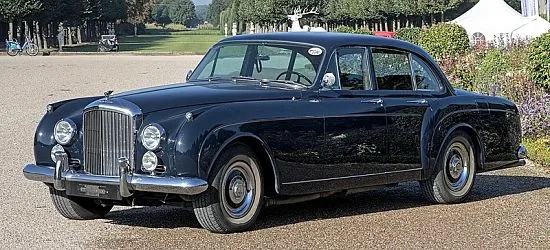
Napier proposed to buy Bentley, with the deal set to close in November 1931. British Central Equitable Trust, on the other hand, placed the winning sealed bid of £125,000. British Central Equitable Trust was eventually shown to be a sham for Rolls-Royce Limited. Until the transaction was done, not even Bentley knew who the buyer was. Barnato gained £42,000 for his Bentley Motors shares. In 1934, he was appointed to the board of directors of the newly formed Bentley Motors (1931) Ltd. In the same year, Bentley announced its intention to continue racing.
Rolls-Royce acquired Bentley Motors (1919) Ltd's assets and established a subsidiary, Bentley Motors (1931) Ltd. Rolls-Royce had purchased the Bentley shops, the Cricklewood site and Bentley's services. This latter point was unsuccessfully contested in court by Napier. Bentley had failed to register their trademark, therefore Rolls-Royce did so right away. In 1932, they also sold the Cricklewood plant. Production was halted for two years before resuming at the Rolls-Royce factory in Derby. Unsatisfied with his function at Rolls-Royce, W. O. Bentley departed to join Lagonda when his contract ended in April 1935. From 1931 until 2004, all Bentleys utilised inherited or shared Rolls-Royce chassis and modified Rolls-Royce engines, and were dubbed "badge-engineered Rolls-Royces" by detractors.

